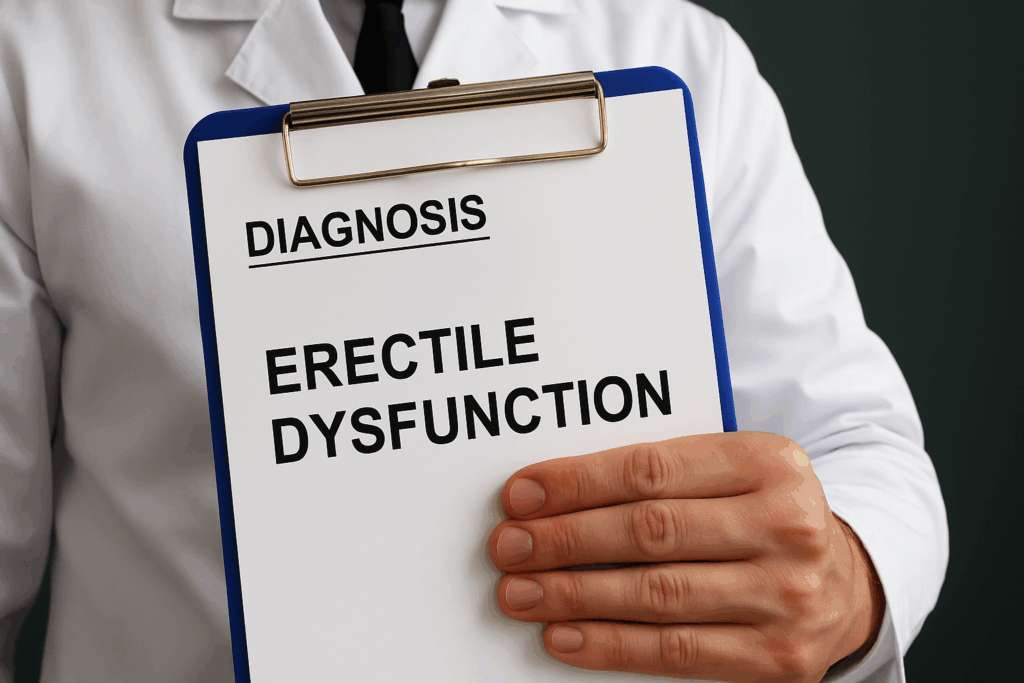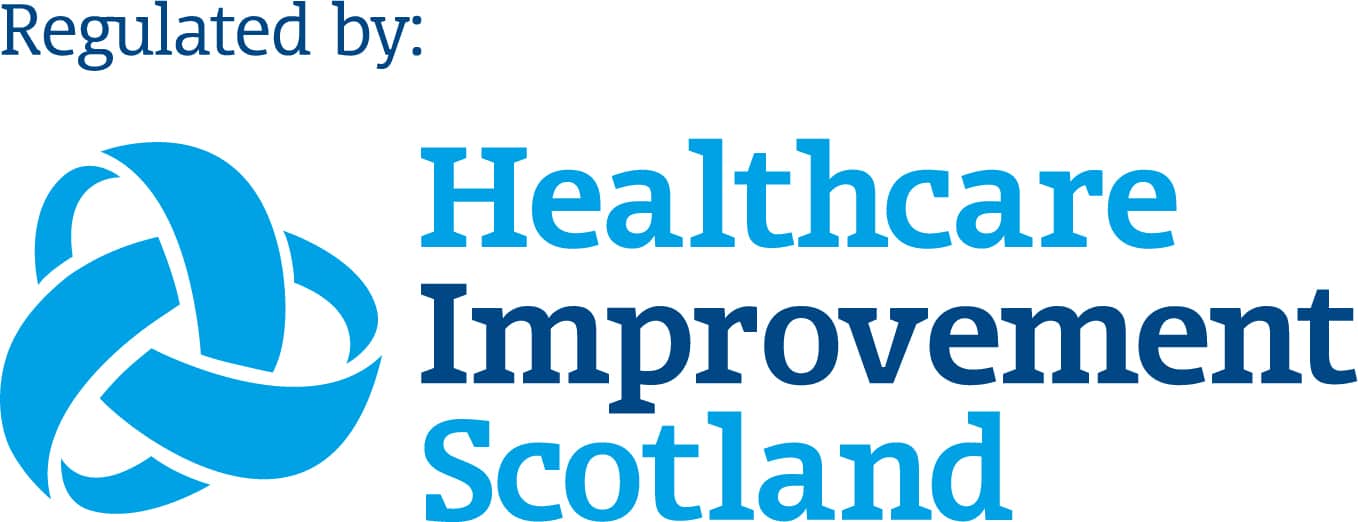
Erectile dysfunction (ED) is when a man cannot achieve and/or maintain a full erection. Sometimes the penis may become semi-erect but may not be hard enough to have sex. In some cases there is no change to the penis at all.
How common is ED?
Most men at some point in their lives may be affected by ED, on at least one occasion. Common causes for this can be stress, fatigue, and excess alcohol to name a few. However, some men consistently struggle to get an erection. ED becomes more common with age. Approximately half of men are affected aged 40-70, rising to two thirds of men over 70.
What causes ED?
There are several different causes that can be grouped into physical or psychological causes. The majority of cases (8/10) are physical. With most physical causes of ED, men notice a gradual onset of the problem, for example they may notice intermittent or partial ED, which may become worse after a while.
The main physical cause of ED is due to reduced blood supply to the penis and this can occur due to a build-up of cholesterol deposits that narrow the arteries (atherosclerosis). Diabetes and high blood pressure are also common causes. Conditions such as Parkinsons disease and multiple sclerosis can also cause ED by affecting the nerve supply to the penis. Other causes can include medication, smoking and alcohol excess.
A number of mental health conditions can cause ED including stress, anxiety, depression and relationship difficulties. In general, psychological causes often result in sudden onset of ED that may resolve when mental health improves. If men can achieve a full erection at other times (for example masturbating or morning erections), then it is likely that there is a psychological cause for their ED.
What tests are needed?
There are a number of simple tests that can be performed in order to help understand the cause of ED. These include a physical examination, blood tests and procedures such as blood pressure checks, heart tracings (ECG) and urine checks. The main reason for performing these tests are to check for risk factors that can increase the risk of narrowing of the blood vessels in the body.
What treatments are available?
Lifestyle modification is an important factor to address. ED can often be improved by addressing risk factors, for example cholesterol and diet, smoking and alcohol.
There are a number of medications available, the most widely known being Viagra (the brand name for sildenafil). Since November 2017, men no longer require a prescription to obtain the impotence drug Viagra and can buy it over the counter at pharmacies. Viagra works by affecting a chemical responsible for widening the blood vessels during sexual arousal. This medication is not suitable for everyone as it can interact with other medications, for example angina and blood pressure medications. Other types of medication can be applied directly to or into the penis as topical cream, injections or pellets. Testosterone replacement is occasionally used if the man has ED symptoms and has had blood tests that show he is deficient in this hormone.
There are other treatment options if medication is not appropriate, for example vacuum devices and also surgical options such as a penile prosthesis or a penile implant.
Shockwave therapy
More recently, a new treatment option has become available, known as Low Intensity Extracorporeal Shockwave Therapy (LI- ESWT). It is a treatment that uses low intensity shockwaves to create new blood vessels, thereby improving blood flow to the penis. This means that the treatment is particularly suitable for those with ED that is due to a medical factor such as cardiovascular disease, peripheral disease or diabetes. This technology has been used since the 1980’s and has been used safely and effectively in different areas of medicine, for example, treatment of kidney stones and heart failure.
How does it work?
The sound waves cause reactions in the body that increases the levels of growth factors. These, in turn, cause the creation and growth of new blood vessels. It is the growth of these new blood vessels that allow the body to respond in a natural way, which allows the treatment to be termed “curative” ie, it treats the underlying cause of ED rather than treating the symptoms.
Although this treatment is new to the market, investigators have been studying its effects since 2005. A recent meta-analysis (an examination of data from a number of independent studies of the same subject) was undertaken from 9 studies performed from 2005-2017 using over 600 men. The studies used questionnaires before and after treatment in order to gauge any improvement in mens’ erections. Results showed that shockwave therapy could significantly improve the mens’ symptoms as seen by increased scores in the questionnaires.
In other studies, men have reported noticing improvement in their symptoms as soon as 3 weeks after shockwave treatment, with some studies reporting the effect lasting for up to 2 years.
Shockwave therapy is available at ROC clinic and we have exciting news that the latest technology in ED shockwave will be coming shortly to the Aberdeen clinic as part of our dedicated ED clinic. Please get in touch for more information.



One Response
thanks for the information